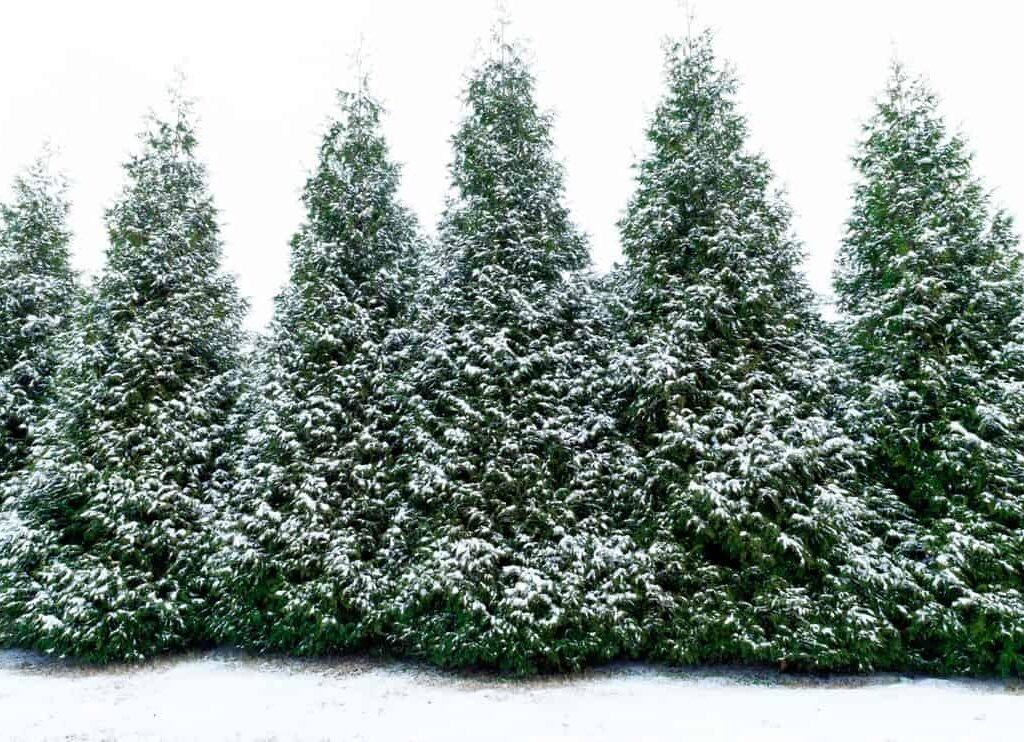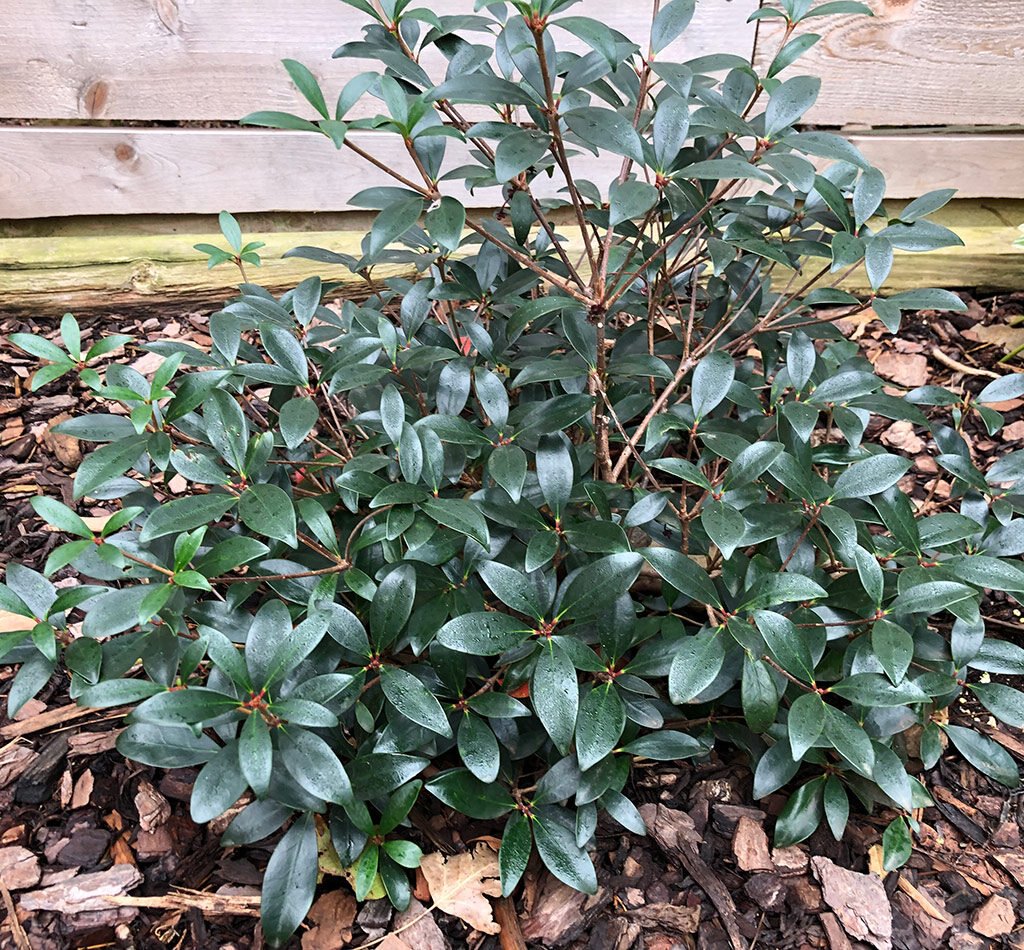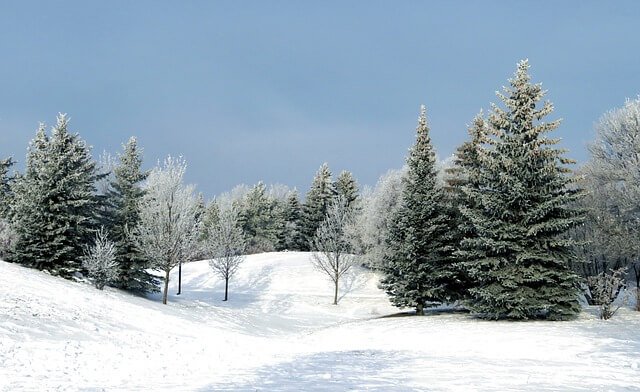Evergreens are prized for their year-round beauty, vibrant foliage, and ability to add structure and color to gardens even in the harshest months. However, winter presents significant challenges to evergreen health. Cold temperatures, dry winds, frost, ice, and snow can stress plants, cause needle browning, and even lead to branch dieback. With proper preparation and care, gardeners can protect their evergreens and ensure they remain lush, green, and resilient throughout winter. This article provides a comprehensive guide to maintaining evergreen health during the cold months, covering types of evergreens, environmental challenges, and practical care strategies.
Understanding Evergreen Vulnerability in Winter

Evergreens face unique stressors in winter because their leaves remain active when deciduous trees are dormant. Key factors that affect evergreen health include:
- Water Stress: Cold soil and frozen ground limit water absorption, leading to dehydration. Needles lose moisture faster than roots can replace it.
- Wind Damage: Winter winds increase evaporation from leaves, causing desiccation and needle burn.
- Frost Damage: Sudden temperature drops can injure tender branches and needles, especially in young or newly planted trees.
- Snow and Ice Load: Heavy snow or ice accumulation can break branches, particularly in conifers with flexible needles.
- Salt Injury: Evergreens near roads or sidewalks may suffer from road salt, which can damage roots and foliage.
By understanding these challenges, gardeners can implement preventive measures to protect their evergreens.
Preparing Evergreens for Winter

Proper preparation in late fall is essential for minimizing winter damage:
1. Watering Deeply
- Before the ground freezes, provide a thorough watering to ensure evergreens enter winter hydrated.
- Focus on newly planted trees, container-grown evergreens, and shrubs in exposed locations.
- Watering should be done on warm, sunny days to allow moisture absorption.
2. Mulching
- Apply 2–4 inches of organic mulch (wood chips, bark, or leaves) around the base of the plant.
- Mulch conserves soil moisture, moderates temperature fluctuations, and protects roots from freezing.
- Keep mulch 2–3 inches away from the trunk to prevent rot or fungal issues.
3. Pruning
- Remove dead, damaged, or weak branches in late fall before snow accumulation.
- Light shaping can reduce wind resistance and prevent snow-related breakage.
- Avoid heavy pruning in late fall, as this can stimulate new growth vulnerable to frost.
4. Fertilization
- Avoid fertilizing evergreens late in the season. Fertilizers can stimulate new growth that may not harden before frost.
- Use slow-release fertilizers in early fall if needed to strengthen the plant for winter.
Protecting Evergreens from Environmental Stress

1. Wind Protection
- Install burlap screens or windbreaks around delicate shrubs to reduce exposure to desiccating winds.
- Plant evergreens in sheltered locations when possible to minimize winter stress.
2. Snow and Ice Management
- Gently brush off heavy snow to prevent branches from breaking.
- Avoid shaking or hitting branches, which can cause cracks or needle loss.
- For ice accumulation, it’s best to let it melt naturally, as removing ice manually can damage branches.
3. Sunscald Prevention
- Sunscald occurs when bright winter sunlight warms needles during the day, followed by freezing at night, causing tissue damage.
- Wrap trunks of young or thin-barked evergreens with burlap or tree wrap.
- Planting evergreens where they receive dappled light rather than full winter sun can reduce sunscald risk.
4. Salt Injury Mitigation
- If your evergreens are near roads, create a barrier with burlap or evergreen-friendly mulch to reduce salt splash.
- Rinse foliage and soil near evergreens in early spring to remove salt residue.
Caring for Evergreens During Winter

1. Monitoring Moisture
- Even in winter, evergreens need water if soil is not frozen and there is little snow.
- Check soil moisture periodically and water on warm days if necessary.
2. Avoid Excess Foot Traffic
- Heavy foot traffic around evergreen root zones compacts soil, reducing oxygen availability and root health.
- Create protective pathways or avoid walking near vulnerable trees and shrubs.
3. Disease and Pest Prevention
- Inspect evergreens for signs of fungal infections, scale insects, or mites.
- Remove fallen debris to prevent overwintering of pests.
- Consider dormant oil sprays for certain pests, applied according to label instructions before freezing temperatures arrive.
4. Container-Grown Evergreens
- Move potted evergreens to sheltered locations, such as a garage, porch, or near a south-facing wall.
- Insulate containers with burlap, bubble wrap, or straw to protect roots from freezing.
- Ensure adequate drainage to prevent waterlogged soil and root rot.
Evergreen Types and Winter Hardiness
Different types of evergreens have varying tolerances to cold, wind, and snow:
- Conifers (Pine, Spruce, Fir, Cedar):
- Strong winter resilience; needle structure retains moisture well.
- Prune sparingly; snow accumulation may break weak branches.
- Broadleaf Evergreens (Boxwood, Holly, Rhododendron, Camellia):
- Sensitive to desiccating winds and sunscald.
- Mulching and burlap wrapping are especially important.
- Low-Growing Groundcover Evergreens (Juniper, Pachysandra):
- Benefit from snow cover as insulation against extreme cold.
- Protect from heavy foot traffic to avoid damage.
Choosing species adapted to your USDA hardiness zone ensures that your evergreens can withstand local winter conditions.
Common Winter Issues and How to Address Them

1. Browning Needles
- Often caused by winter desiccation or sunscald.
- Prevention: Deep watering, mulching, and wind protection.
- Recovery: Damage is often cosmetic; new growth will emerge in spring.
2. Branch Breakage
- Caused by heavy snow or ice accumulation.
- Prevention: Lightly shake snow off branches, prune weak limbs, and avoid planting overly dense species in high-snow areas.
3. Frost Damage
- Tender new growth may freeze during sudden temperature drops.
- Prevention: Avoid late-season fertilization, mulch roots, and wrap sensitive plants.
- Recovery: Prune damaged branches in spring after dormancy.
4. Pest Infestation
- Scale, mites, and aphids may overwinter on evergreens.
- Prevention: Remove fallen debris and apply dormant oil sprays.
- Recovery: Inspect plants in spring and treat infestations promptly.
Spring Recovery and Evaluation
After winter passes:
- Assess damage and prune dead or broken branches.
- Check for needle loss or discoloration and apply balanced fertilizer if needed.
- Evaluate planting locations for exposure and drainage to improve resilience for the next winter.
Proactive winter care significantly reduces post-winter stress, ensuring evergreens emerge healthy and vibrant.
Conclusion
Evergreens provide beauty, structure, and year-round greenery, but they require special attention to withstand winter’s challenges. Watering deeply before the ground freezes, mulching, pruning, and protecting against wind, ice, and sunscald are crucial steps to maintain plant health. Selecting species suited to your climate, shielding vulnerable plants, and monitoring conditions throughout winter ensures evergreens remain lush and resilient. By following these comprehensive care strategies, gardeners can enjoy thriving evergreens that enhance the landscape through winter and into spring, preserving both their beauty and functional benefits year-round.

Leave A Comment